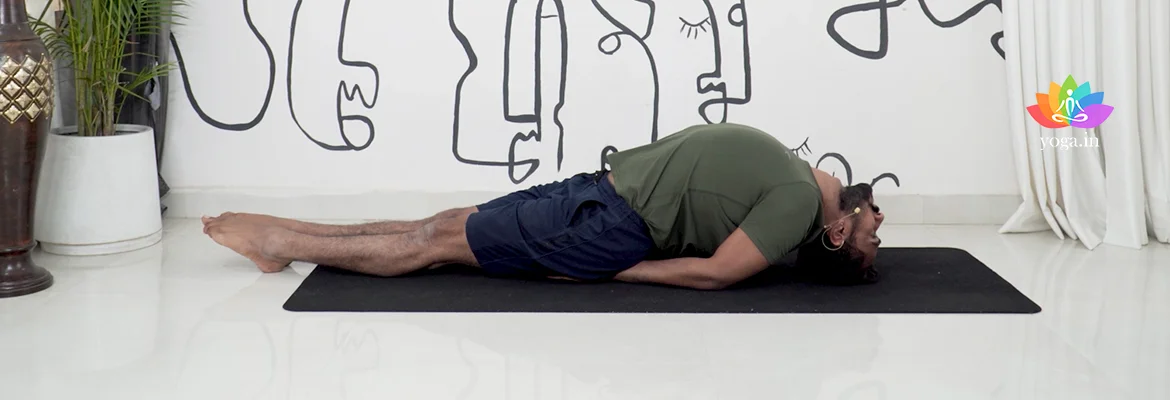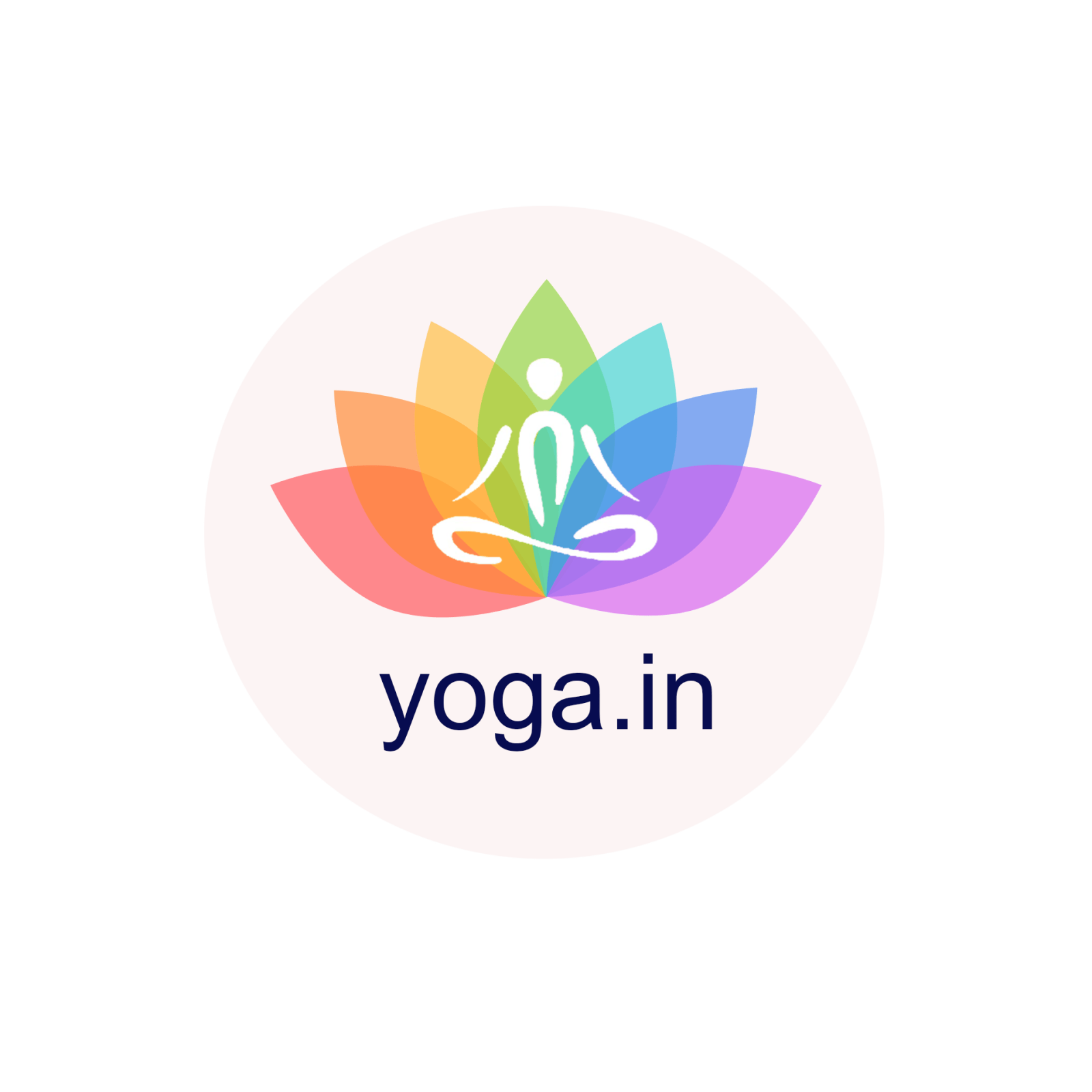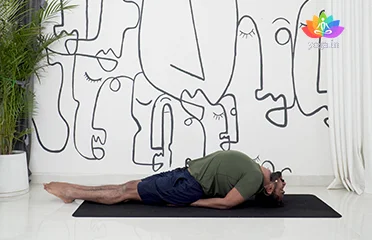Sit in the Padmasana pose (Lotus pose). Have a couple of slow and deep breaths.
Introduction to the Asana
The Sanskrit name is derived from Matsya (मत्स्या) meaning fish and asana (आसन) meaning posture or seat.
Step to get in the pose
-
-
Bend slowly backward and lie on the floor without releasing Lotus pose.
-
Support your body with your forearms and elbows while bending backward.
-
Lift the chest a little upward. Turn the crown of the head towards the floor. Make an arch of the back to the maximum comfortable extent.
-
Hold on the big toes with elbows touching the floor.
-
Now the body is supported by the legs, buttocks and head.
-
Breathe slowly. Keep the position as long as it is comfortable.
-
To release the position, bring down the back to the floor and straighten the head.
-
Come back to sitting posture by placing the palms on the floor.
-
Release into the Padmasana pose.
Common mistakes and pitfalls
-
Too much pressure on the head.
-
Straining the neck.
-
Crunching the shoulders and collapsing the chest.
-
Feet opening to the sides, putting pressure on your lower back.
Benefits
-
Stretching of your neck muscles and helps in regulation of the thyroid function and thymus gland.
-
Stretches your hip flexors and strengthens and tones the pelvic floor and sphincter muscles.
-
Stretches your abdominal and chest muscles, giving internal massage to your respective organs.
-
Stimulates the endocrine glands.
-
Boost the immune system.
-
Helps with the metabolism, improves digestion and reduces belly fat.
-
Helps in managing menstrual pain.
-
Helps in regulation of the thyroid function and thymus gland.
-
Relieves Stress and irritation, boosts peace and harmony.
Contraindication
-
Avoid if the lower back or neck is injured.
-
Avoid if undergone any recent abdominal or shoulder surgery.
-
Avoid if suffering from severe arthritis.
-
Avoid if suffering from low or high blood pressure or cardiac issues.
-
Avoid if suffering from asthma, hernia, or peptic ulcers.
-
Avoid if suffering from severe headache, migraine, vertigo, eye or ear infection.
-
Avoid if suffering from insomnia.
-
Avoid if you have weak body muscles.
-
Avoid if you lack body-breath connection.
-
Avoid during pregnancy and Menstruation.




